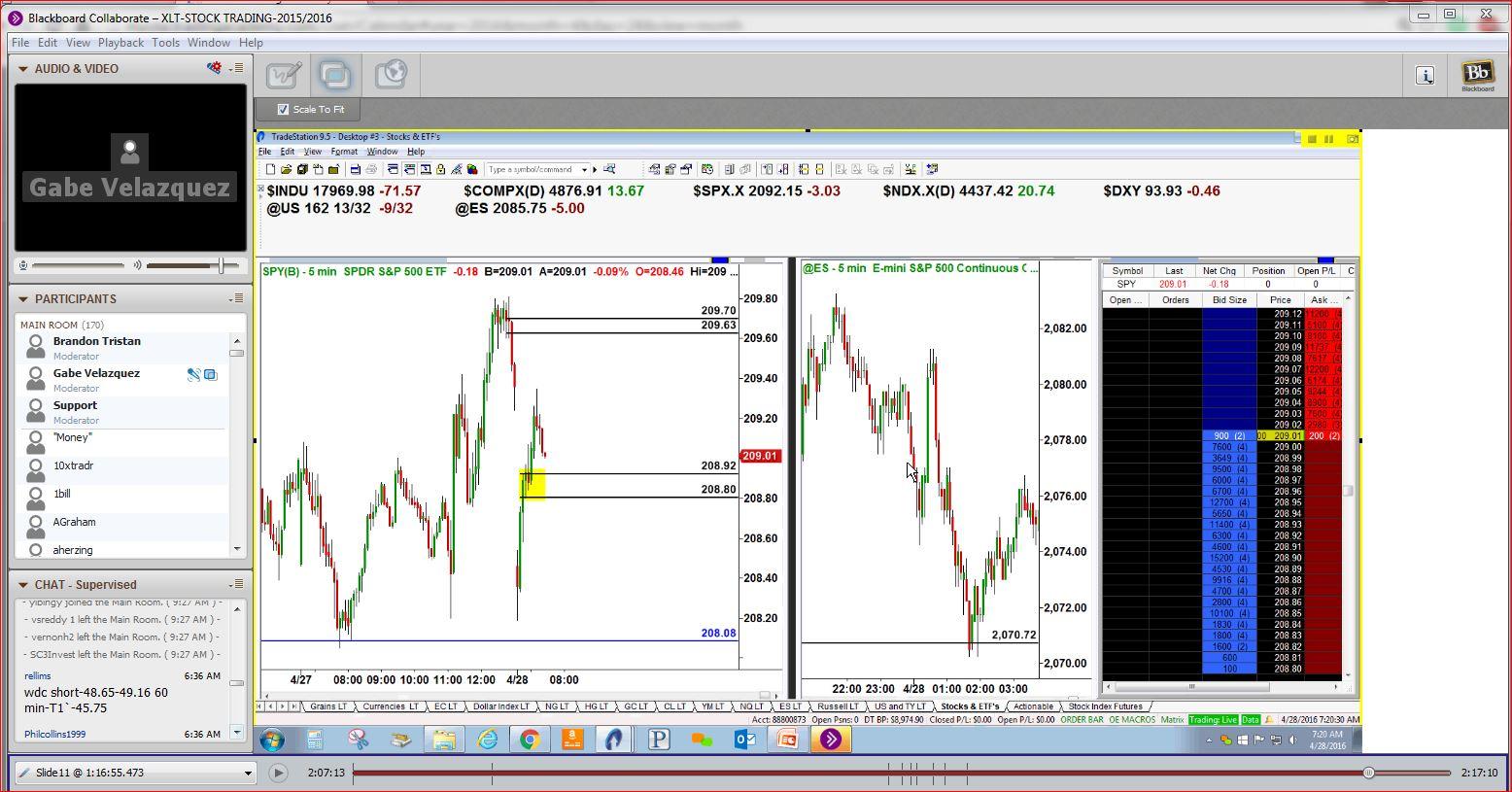Process, Discipline and Focus
|
Ever wonder what it takes to be a successful market speculator? The first answer that usually comes up is the mastery of chart reading, or another common perception is that one needs to gain lots of information about the companies or markets that he or she chooses to trade. The former is known as technical analysis, while the latter is referencing fundamentals.
While it doesn’t hurt to understand both ways of looking at the markets, what I most commonly see that poses the biggest challenge for traders is the lack of a clear, concise process. In other words, the vast majority of people that attempt this business of speculating in financial markets do not have a systematic approach in which to engage the markets. Moreover, the process administered should be tried and tested to produce consistent results.
So what is a trading Process? If we look up the word Process in Webster’s dictionary it is defined as a series of actions or steps taken in order to achieve a particular end. By this definition a trading process can be built by creating steps and simple rules to find repeatable chart patterns that can then be acted upon to produce reliable results. These chart patterns should represent low risk entry points that generate good profit margins. This process can also include the relationship of various markets to gain an edge.
Once the process is established; then comes the hard part, having the discipline to follow those rules diligently. This can be challenging because of the emotions inherent in any risk taking endeavor. Setting realistic goals and being cognizant of these emotions in real time can help with managing them.
The last part of the trio is focus. This is also a mental process. It starts by being objective about the information that’s presented. What I mean by this is that many traders have lots of opinions and preconceived ideas of what markets should, or have, to do. This is wrongheaded thinking that will tend to distort the information and cause traders to make bad decisions. Staying focused also entails spotting opportunities and being available to take action immediately, without fear or hesitation.
Last week I was conducting an XLT (Extended Learning Track) session in which we were looking at the ES (E-mini S&P 500 Futures Contract) and SPY in the live markets to spot low risk opportunities. As you can see by the caption below, we spotted an area where there was a pocket of unfilled buy orders in the SPY (ETF tracker) and it correlated nicely with the ES (chart to the left). When you have two derivative products trading in sync this produces a significant edge.
The trade was set up for students with an entry, stop, and target shortly before the session ended. They were then instructed to let it play out. We do this so that emotions don’t interfere with the process. In the picture below you can see that the profit target was achieved later that day. Not all trades work so the stop is placed to keep the losses small (the risk management portion of the process).
This is an example of a process we teach here at Online Trading Academy. Once this process is mastered however, the discipline and focus falls solely on the operator. I hope this article was helpful in giving you food for thought in regards to your trading process.
Until next time, I hope everyone has a great week
Information on these pages contains forward-looking statements that involve risks and uncertainties. Markets and instruments profiled on this page are for informational purposes only and should not in any way come across as a recommendation to buy or sell in these assets. You should do your own thorough research before making any investment decisions. FXStreet does not in any way guarantee that this information is free from mistakes, errors, or material misstatements. It also does not guarantee that this information is of a timely nature. Investing in Open Markets involves a great deal of risk, including the loss of all or a portion of your investment, as well as emotional distress. All risks, losses and costs associated with investing, including total loss of principal, are your responsibility. The views and opinions expressed in this article are those of the authors and do not necessarily reflect the official policy or position of FXStreet nor its advertisers.
